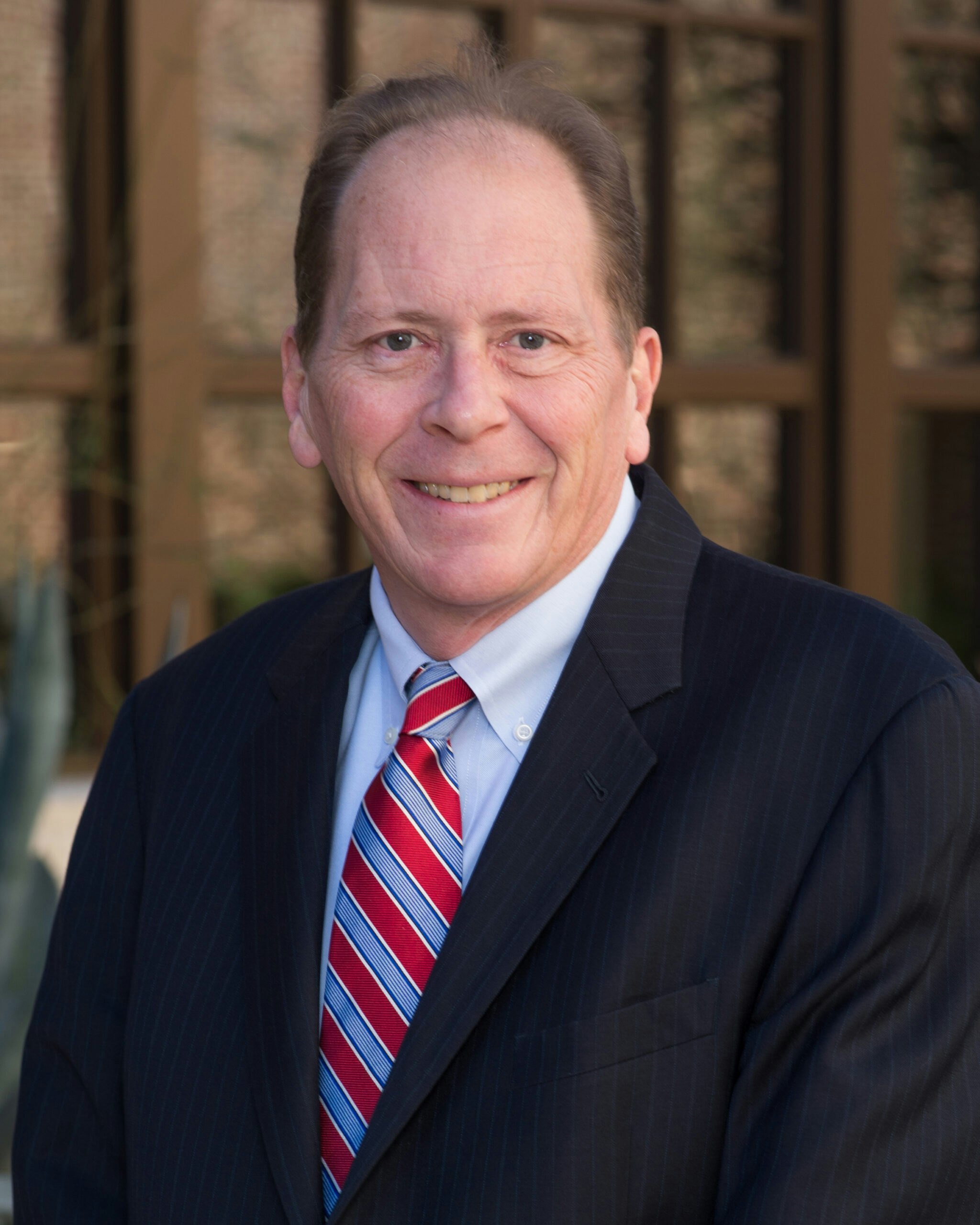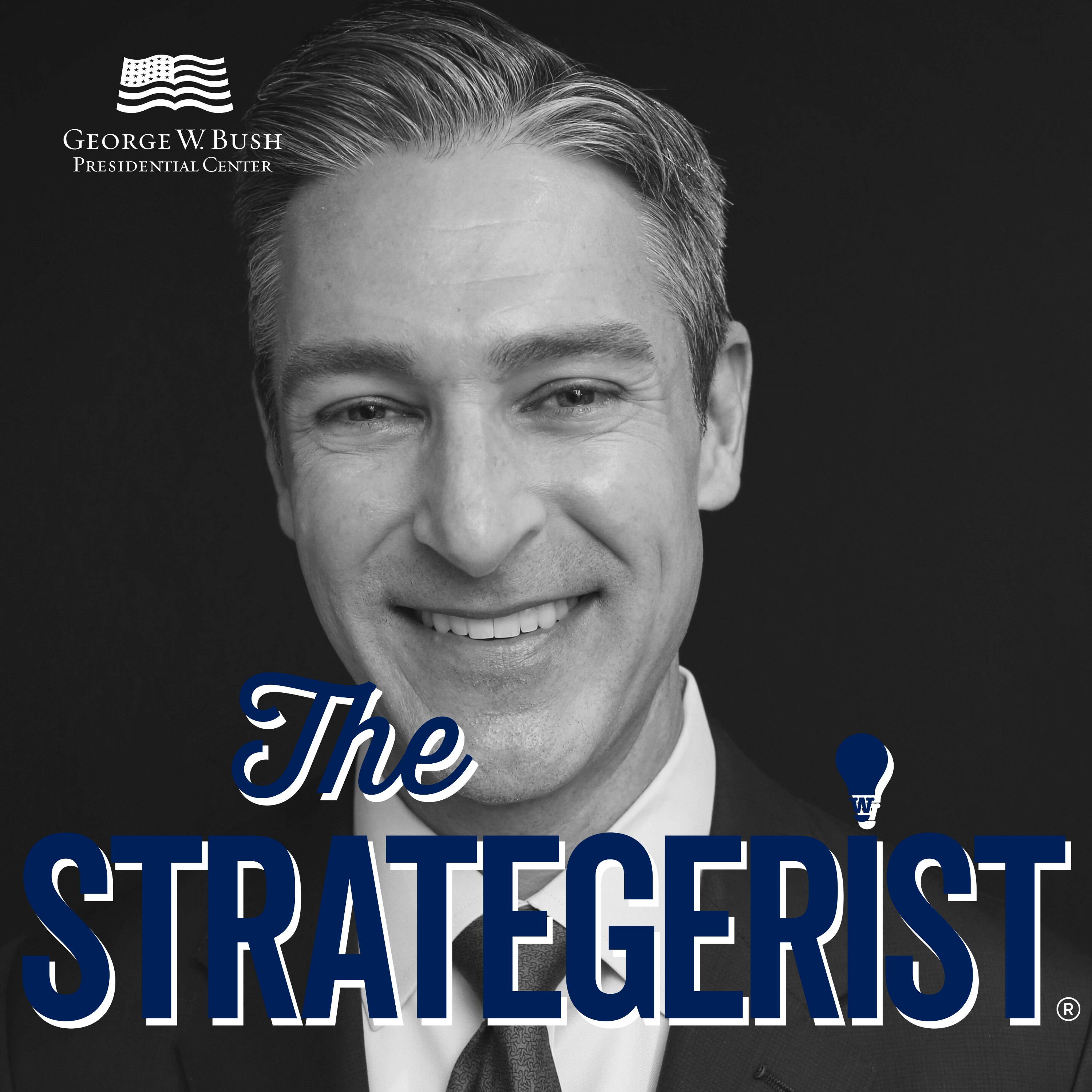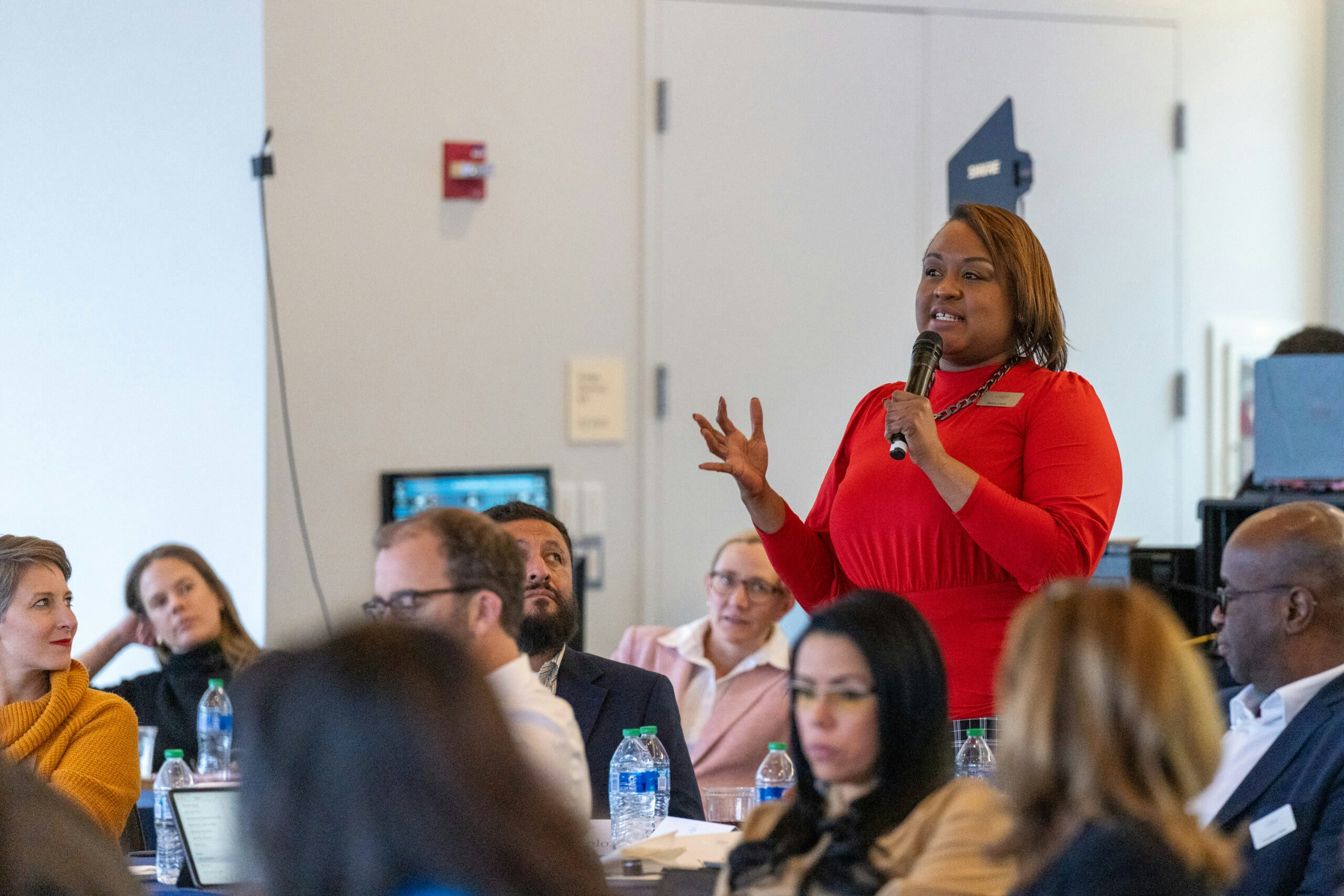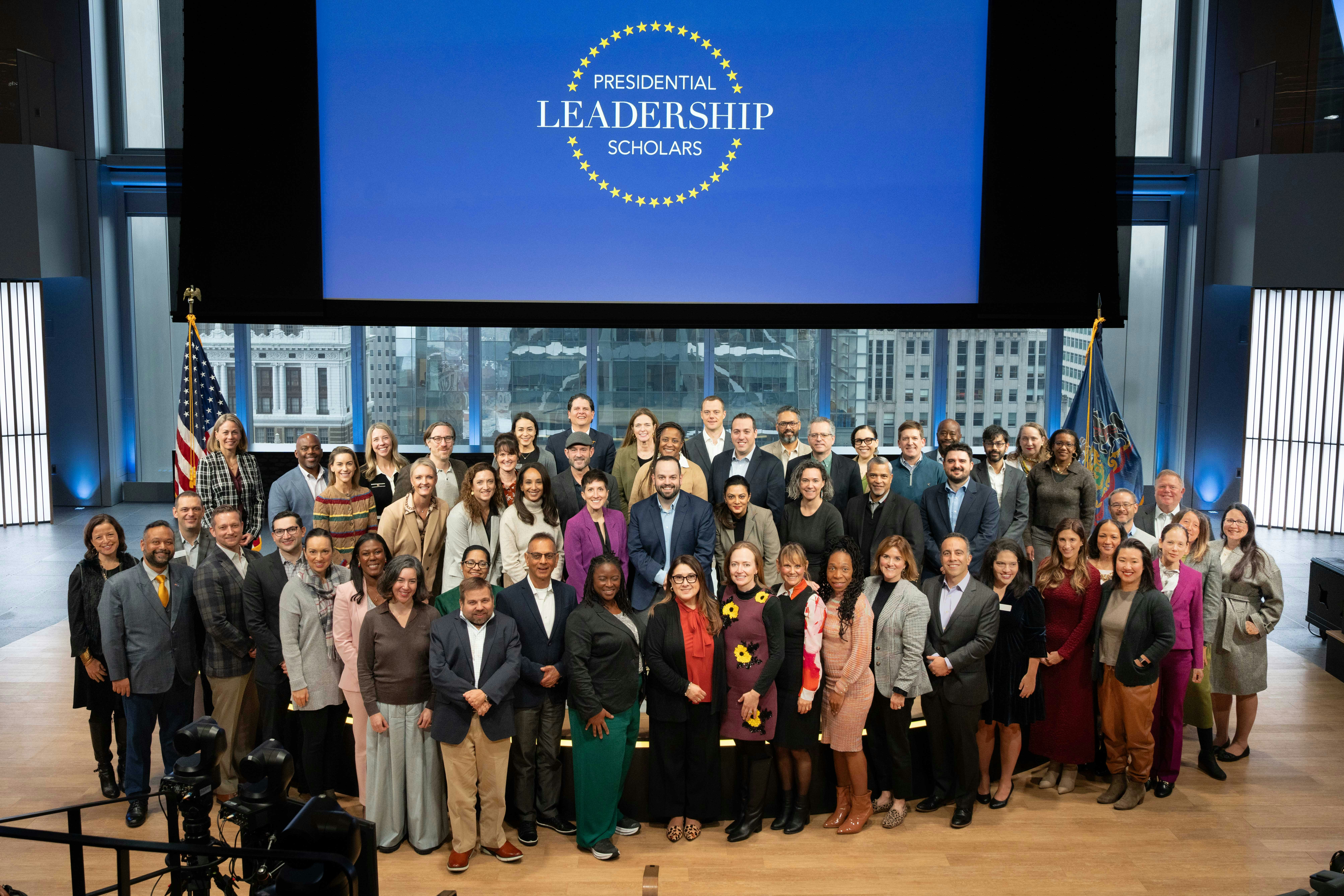Recommendations on how to restore our democracy through civic engagement.
This spring, the three of us took a deep look into the challenges that obstruct greater civic engagement, community renewal, and civil dialogue, including and especially among young Americans. We also examined the ways to solve for the challenges so those elements of a healthy democracy could be strengthened. As we all know, America’s democracy faces a concerning set of pressures.
For this segment of Democracy Talks, we spoke with experts in the fields of civic engagement, community renewal, and civil dialogue; leaders of organizations and elected officials; and respected authors and writers who have studied the barriers and identified solutions. Here are some keys that we found:
National, state, and local leaders should promote pluralism
Leaders from the White House to statehouses to City Hall can ensure Americans have a constructive debate over the future of the nation, their states, and communities by actively promoting the value of pluralism. By that, we mean intentionally embracing the importance of diverse viewpoints within our democracy.
David French, senior editor at The Dispatch and author of Divided We Fall, made this point when he said that the answer to today’s polarization rests in people being able to “form distinct communities that enjoy distinct liberties and can thrive according to their distinct values.”
That idea sounds like basic Democracy 101, but a healthy appreciation of diverse beliefs is in short supply in today’s tribalism. Jean Case, CEO of the Case Foundation and Chair of the National Geographic Society, and Jeffrey Rosen, President and CEO of the National Constitution Center, made this clear in their lively video exchange. Case urged us as individuals to bring purpose to our communities through reaching beyond our bubbles, a point that Rosen echoed when he described the importance of learning to listen to people with different views.
As citizens, we need not think that conflict between ideas and ideologies is bad. The push and pull between different points of view actually strengthens a democracy. As French explained, communities become increasingly polarized without the moderating influence of dissenting opinions from within. But the case for pluralism especially needs to come from our leaders. As we will discuss below, they have platforms to “show” how we can engage with each other despite our differences.
Elected leaders and citizens alike: Be intentional about engaging others across political, racial, and cultural lines
Cultivating an appreciation for pluralism and creating an open dialogue requires that leaders, as well as Americans in their communities, be intentional about expanding civil dialogue, community engagement, and civic renewal. Our polarized nation has learned the hard way what happens when leaders and citizens don’t nurture them.
Carol Guess, interim president of the Greater Houston Black Chamber of Commerce, rightly emphasizes the need for all of us to intentionally engage others. Then, we can begin to break down the barriers that divide Americans along political, racial, economic, and generational lines. As she says, “We have to decide that we want to develop trust, and that it is a priority.”
Leaders especially need to be intentional about engaging young Americans. By leaders, we don’t necessarily mean longtime officeholders. Young, rising leaders often are in a better place to engage with their generational peers.
We saw that in the work of Manu Meel, CEO of BridgeUSA and Valerian Sikhuashvili, Director of Academic Programs at the Alexander Hamilton Society. They engage students and young Americans in learning how to argue their views respectfully, as well as exploring how basic freedoms like free speech are part of our “civic muscle.”
Keith Hennessey, a Stanford Graduate School of Business lecturer and the David M. Rubinstein Fellow at the George W. Bush Institute, incorporates an exercise into his teaching that requires students to learn how to debate forcefully as well as respectfully. Hennessey also shared his ultimate dream during his interview: A group of legislators from different viewpoints would go once-a-week to the House and Senate floors and hold a philosophical, big-picture debate at the end of a daily session about a current topic. C-SPAN’s cameras would be trained on them as they demonstrate how to argue persuasively yet respectfully with their colleagues.
We agree. The object lesson would serve as an instructive model, just as the National Constitution Center intentionally brings together scholars from different viewpoints to debate the intricacies of the Constitution. We learn when we see others, especially our leaders, modeling constructive engagement.
As citizens, let us practice “big citizenship” away from the spotlight
We heard frequently that not all solutions involve government or politics, although they certainly matter. As Civic CEO and COVID Collaborative Co-founder and CEO John Bridgeland put it, “big citizenship” matters, too. Individual acts of participating in our community’s affairs, including but not limited to voting, are how we as citizens can help renew and strengthen the places we live. Bridgeland explained those acts might be mentoring a child, cleaning up a park or river, or even getting a COVID-19 vaccination. Whatever the engagement, “big citizenship” involves acts of individual responsibility and social compassion.
James and Deborah Fallows, the authors of Our Towns, found in their 100,000 miles of travels across America that such acts of citizenship often happen away from the spotlight. They occur as people feel a sense of responsibility for their community beyond their own household.
Community engagement. Civil dialogue. Civic renewal. Those are how we as individuals can help restore our democracy. Our leaders likewise can strengthen our communities, our states, and our nation by taking steps to promote them.
An outstanding example of “big citizenship” is the commitment of Asiaha Butler to her once beleaguered Chicago neighborhood. Frederick Riley, executive director of the Aspen Institute’s Weave project, told us of Butler’s work as a “trust broker” among her neighbors. She refused to abandon them and instead helped rejuvenate their Englewood community through creating a non-profit. The organization bought vacant lots where kids often gathered to throw rocks at each other and turned the deserted spaces into safe parks, playgrounds, and even homework stations.
Community leaders: Identify city assets and be honest about improving them
One of the most encouraging and even surprising examples we heard about is the role that libraries play in creating community engagement. As Deborah Fallows said, libraries are now social and civic centers as well as educational and technology centers. People gather in them to not only read books, but to attend pre-K classes, participate in community forums, gain access to the internet, and learn how to get green cards and become citizens.
Immigrants were identified as assets to a community throughout our interviews. Miami Mayor Francis Suarez highlighted their contribution to his diverse community, while James Fallows reported how towns like Erie, Pennsylvania, Dodge City, Kansas, and Sioux Falls, South Dakota, saw their immigrant residents as critical to rejuvenation. Suarez, a Republican like the mayor of Sioux Falls, promoted the importance of pluralism as he explained how communities can create a common purpose around values, such as a deep belief in freedom.
Suarez also identified his city’s elementary and secondary schools, community colleges, and four-year universities as must-haves if Miami is going to realize its goal of becoming the next Silicon Valley. He emphasized how quality education institutions need to learn from each other as they develop the talent that attracts knowledge-based, technology companies.
Community engagement. Civil dialogue. Civic renewal. Those are how we as individuals can help restore our democracy. Our leaders likewise can strengthen our communities, our states, and our nation by taking steps to promote them. America’s democracy can revive itself, but its renewal will require intentional steps by all of us to promote community engagement, civil dialogue, and civic renewal.




























